SPRU422I - TMS320C55x
IMPORTANT NOTICE
Preface
Read This First
About This Manual
Related Documentation
Trademarks
Contents
Figures
Tables
Chapter 1: Introduction
1.1 DSP Routines
1.2 Features and Benefits
1.3 DSPLIB: Quality Freeware That You Can Build On and Contribute To
Chapter 2: Installing DSPLIB
2.1 DSPLIB Content
2.2 How to Install DSPLIB
2.2.1 De-Archive DSPLIB
2.2.2 Relocate Library File
2.3 How to Rebuild DSPLIB
2.3.1 For Full Rebuild of 55xdsp.lib
2.3.2 For Partial Rebuild of 55xdsp.lib ( modification of a specific DSPLIB function, for example fir.asm)
Chapter 3: Using DSPLIB
3.1 DSPLIB Arguments and Data Types
3.1.1 DSPLIB Arguments
3.1.2 DSPLIB Data Types
3.2 Calling a DSPLIB Function from C
3.3 Calling a DSPLIB Function from Assembly Language Source Code
3.4 Where to Find Sample Code
3.5 How DSPLIB is Tested - Allowable Error
3.6 How DSPLIB Deals with Overflow and Scaling Issues
3.7 Where DSPLIB Goes From Here
Chapter 4: Function Descriptions
4.1 Arguments and Conventions Used
4.2 DSPLIB Functions
acorr: Autocorrelation
add: Vector Add
atan2_16: Arctangent 2 Implementation
atan16: Arctangent Implementation
bexp: Block Exponent Implementation
cbrev: Complex Bit Reverse
cbrev32: 32-Bit Complex Bit Reverse
cfft: Forward Complex FFT
cfft32: 32-Bit Forward Complex FFT
cfir: Complex FIR Filter
cifft: Inverse Complex FFT
cifft32: 32-Bit Inverse Complex FFT
convol: Convolution
convol1: Convolution (fast)
convol2: Convolution (fastest)
corr: Correlation, full-length
dlms: Adaptive Delayed LMS Filter
dlmsfast: Adaptive Delayed LMS Filter (fast implemented)
expn: Exponential Base e
fir: FIR Filter
fir2: FIR2 Filter
firdec: Decimating FIR Filter
firinterp: Interpolating FIR Filter
firlat: Lattice Forward (FIR) Filter
firs: Symmetric FIR Filter
fltoq15: Floating-point to Q15 Conversion
hilb16: FIR Hilbert Transformer
iir32: Double-precision IIR Filter
iircas4: Cascaded IIR Direct Form II Using 4 Coefficients per Biquad
iircas5: Cascaded IIR Direct Form II (5 Coefficients per Biquad)
iircas51: Cascaded IIR Direct Form I (5 Coefficients per Biquad)
iirlat: Lattice Inverse (IIR) Filter
ldiv16: 32-bit by 16-bit Long Division Function
log_10: Base 10 Logarithm
log_2: Base 2 Logarithm
logn: Base e Logarithm (natural logarithm)
maxidx: Index of the Maximum Element of a Vector
maxidx34: Index of the Maximum Element of a Vector
maxval: Maximum Value of a Vector
maxvec: Index and Value of the Maximum Element of a Vector
minidx: Index of the Minimum Element of a Vector
minval: Minimum Value of a Vector
minvec: Index and Value of the Minimum Element of a Vector
mmul: Matrix Multiplication
mtrans: Matrix Transpose
mul32: 32-bit Vector Multiplication
neg: Vector Negate
neg32: Vector Negate (double-precision)
power: Vector Power
q15tofl: Q15 to Floating-point Conversion
rand16: Random Number Generation Algorithm
rand16init: Random Number Generation Initialization
recip16: 16-bit Reciprocal Function
rfft: Forward Real FFT (in-place)
rfft32: Forward 32-bit Real FFT (in-place)
rifft: Inverse Real FFT (in-place)
rifft32: Inverse 32-bit Real FFT (in-place)
sine: Sine
sqrt_16: Square Root of a 16-bit Number
sub: Vector Subtract
Chapter 5: DSPLIB Benchmarks and Performance Issues
5.1 What DSPLIB Benchmarks are Provided
5.2 Performance Considerations
Chapter 6: Software Updates and Customer Support
6.1 DSPLIB Software Updates
6.2 DSPLIB Customer Support
Appendix A: Overview of Fractional Q Formats
A.1 Q3.12 Format
A.2 Q.15 Format
A.3 Q.31 Format
Appendix B: Caluclating the Reciprocal of a Q15 Number
Index
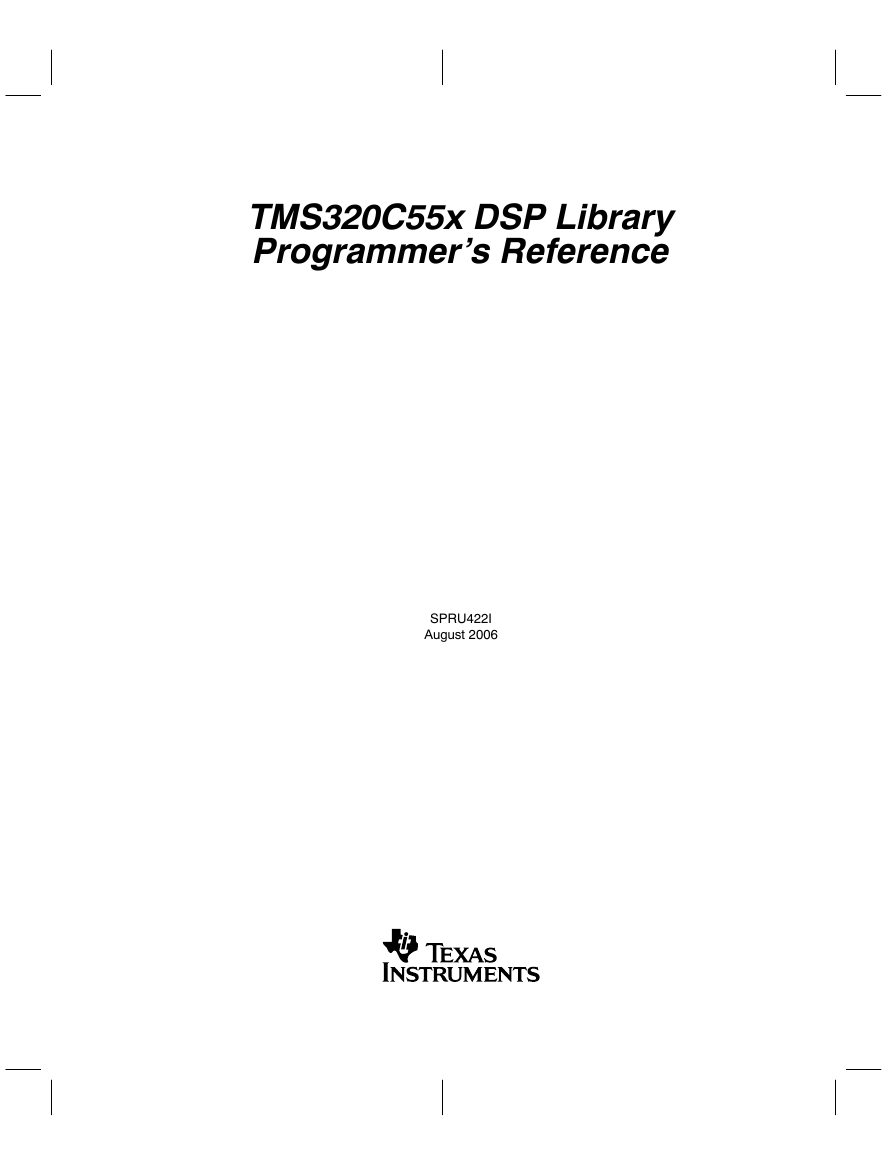
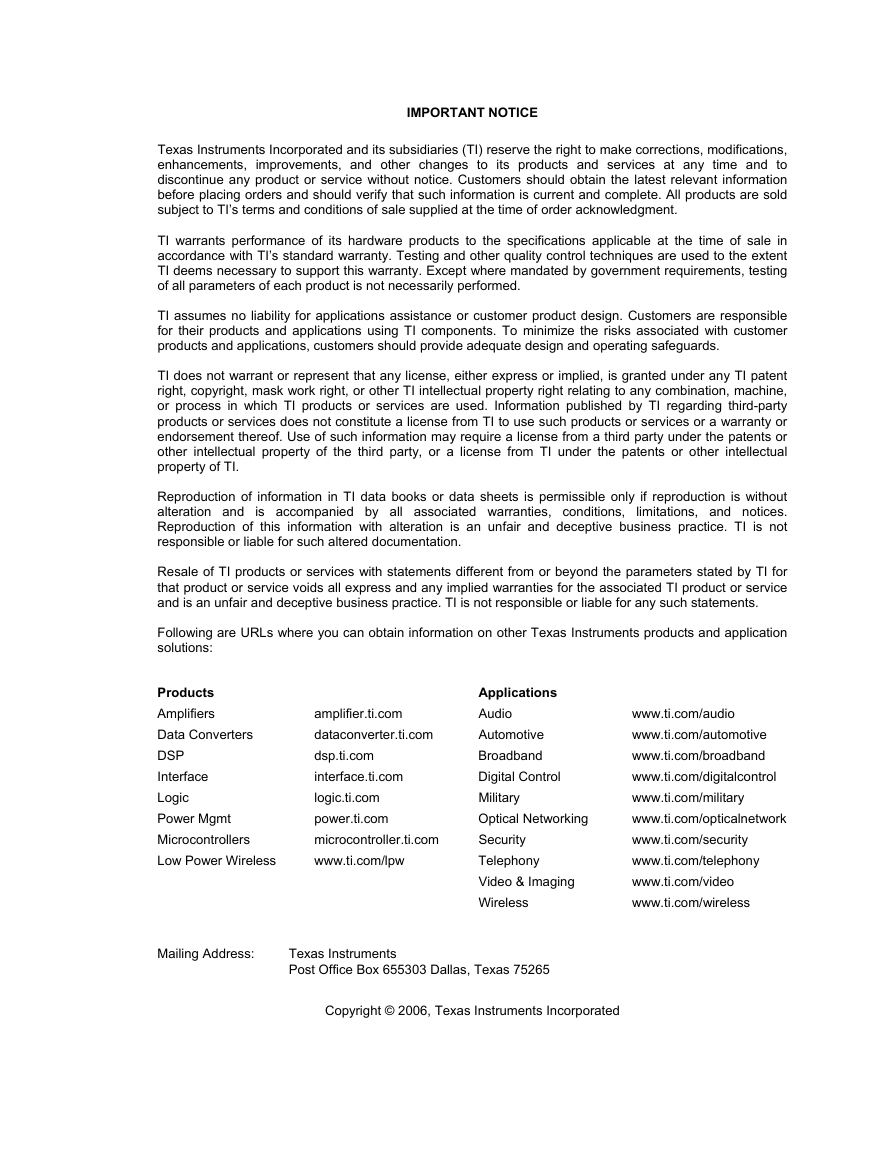
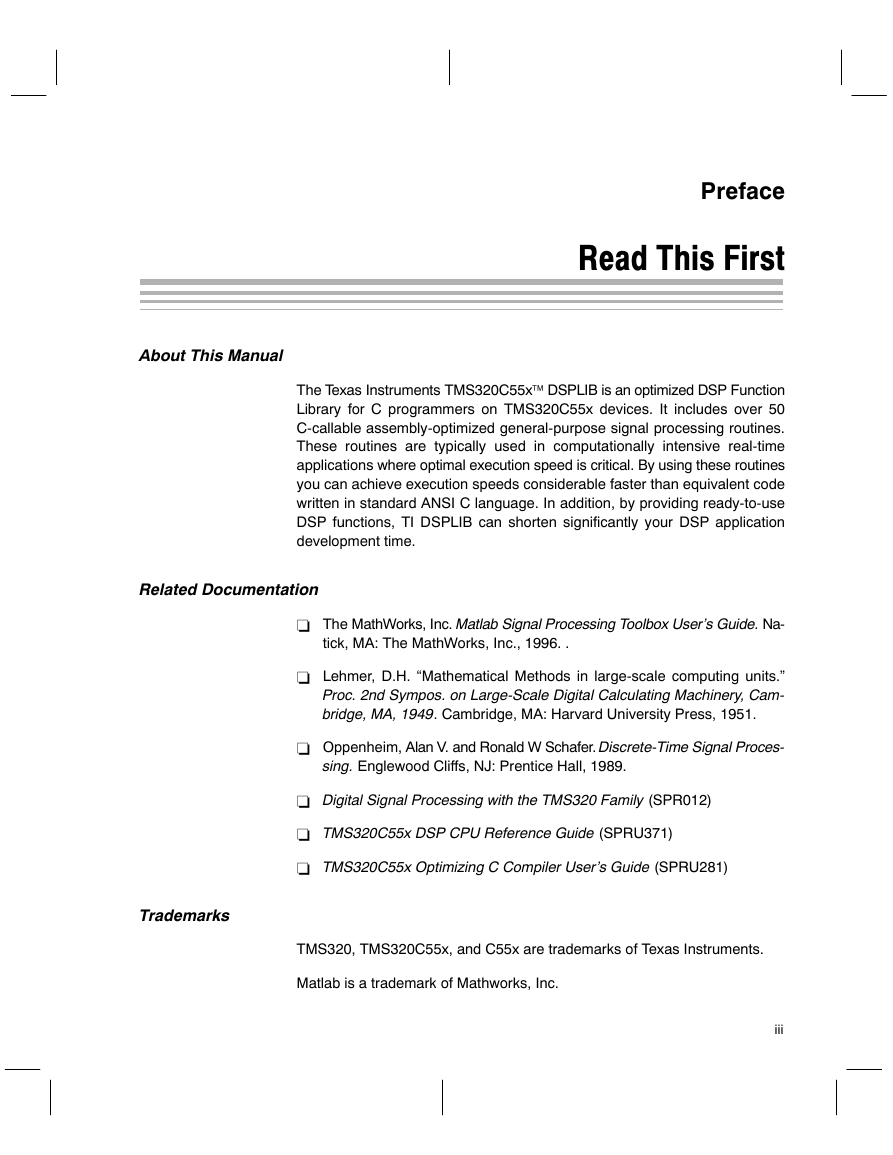

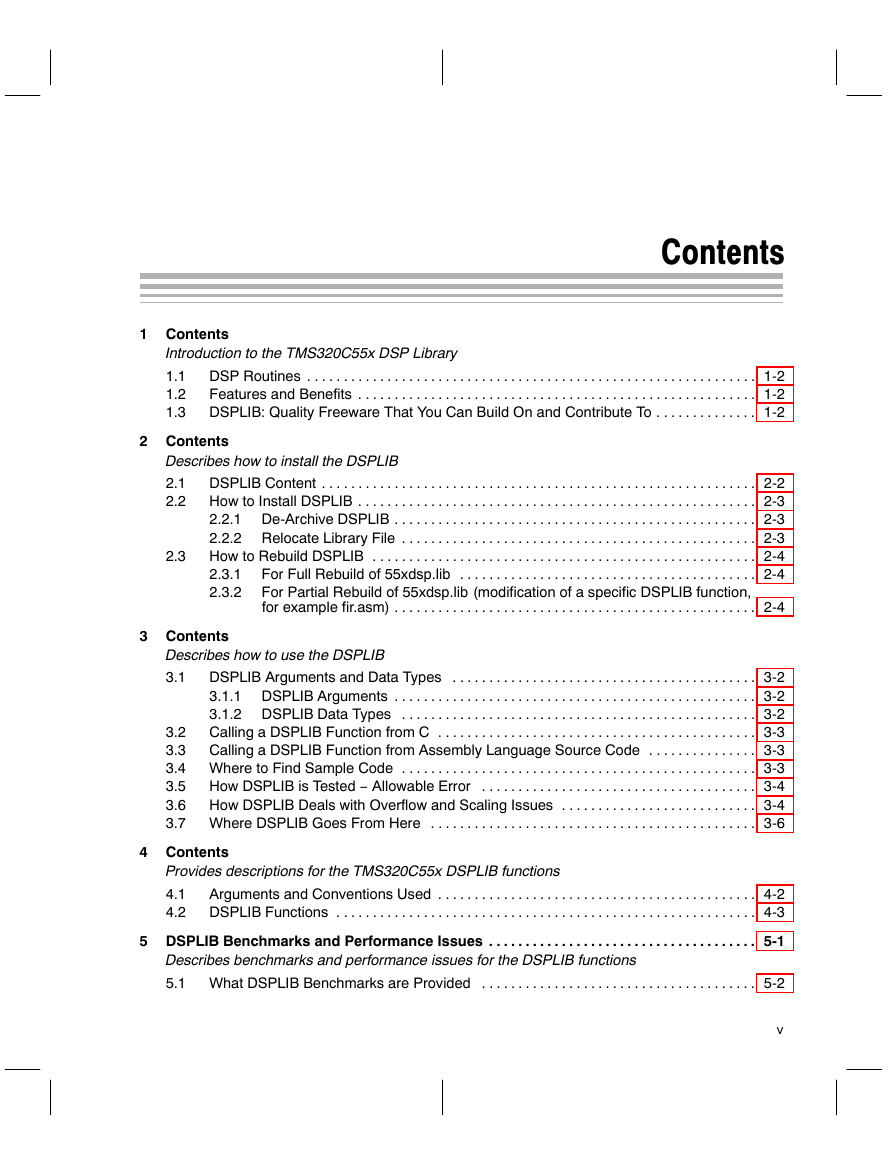
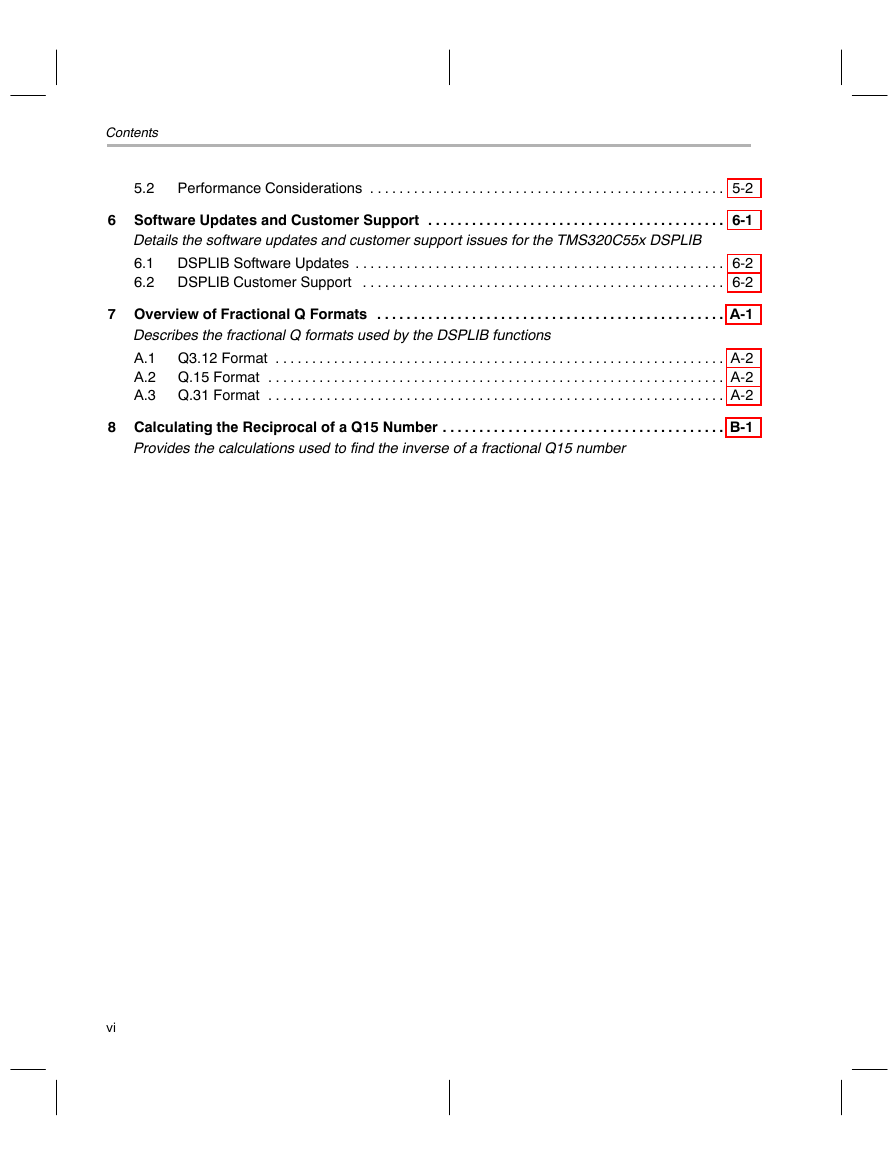
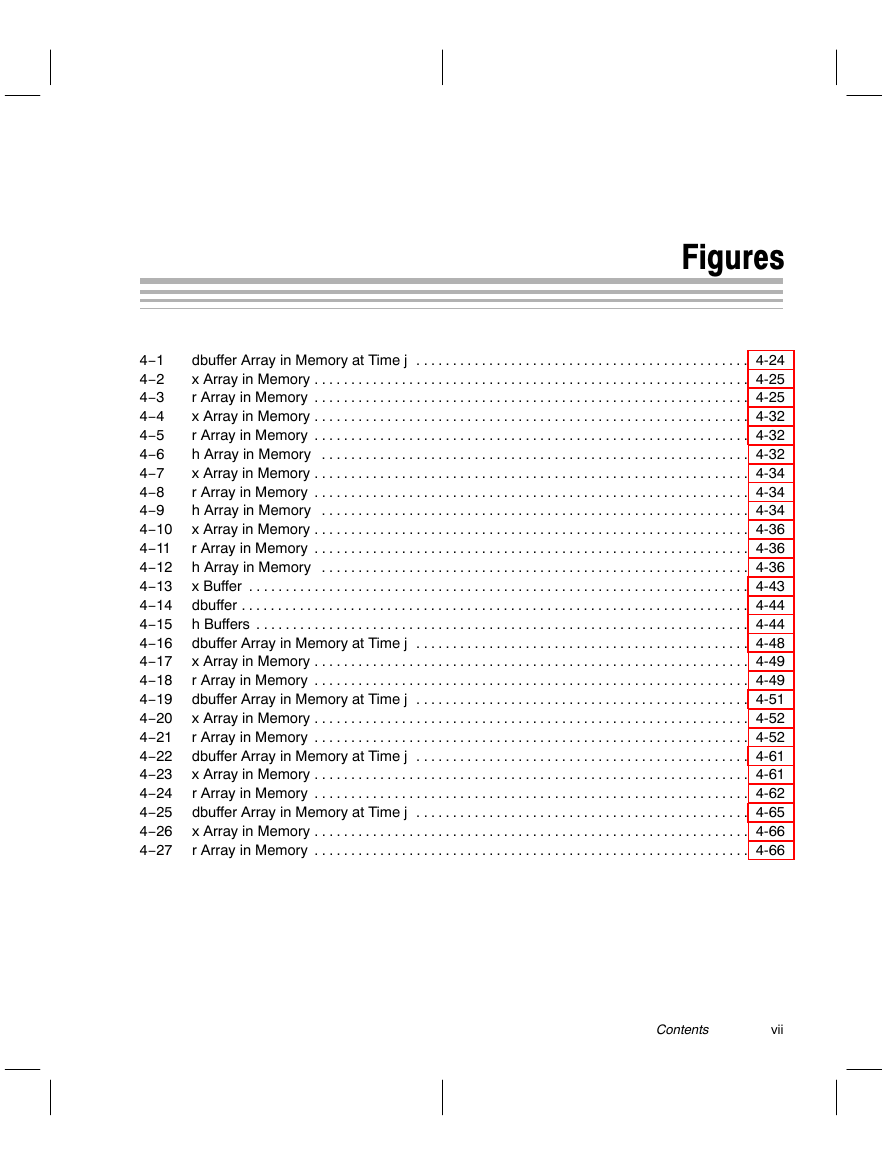
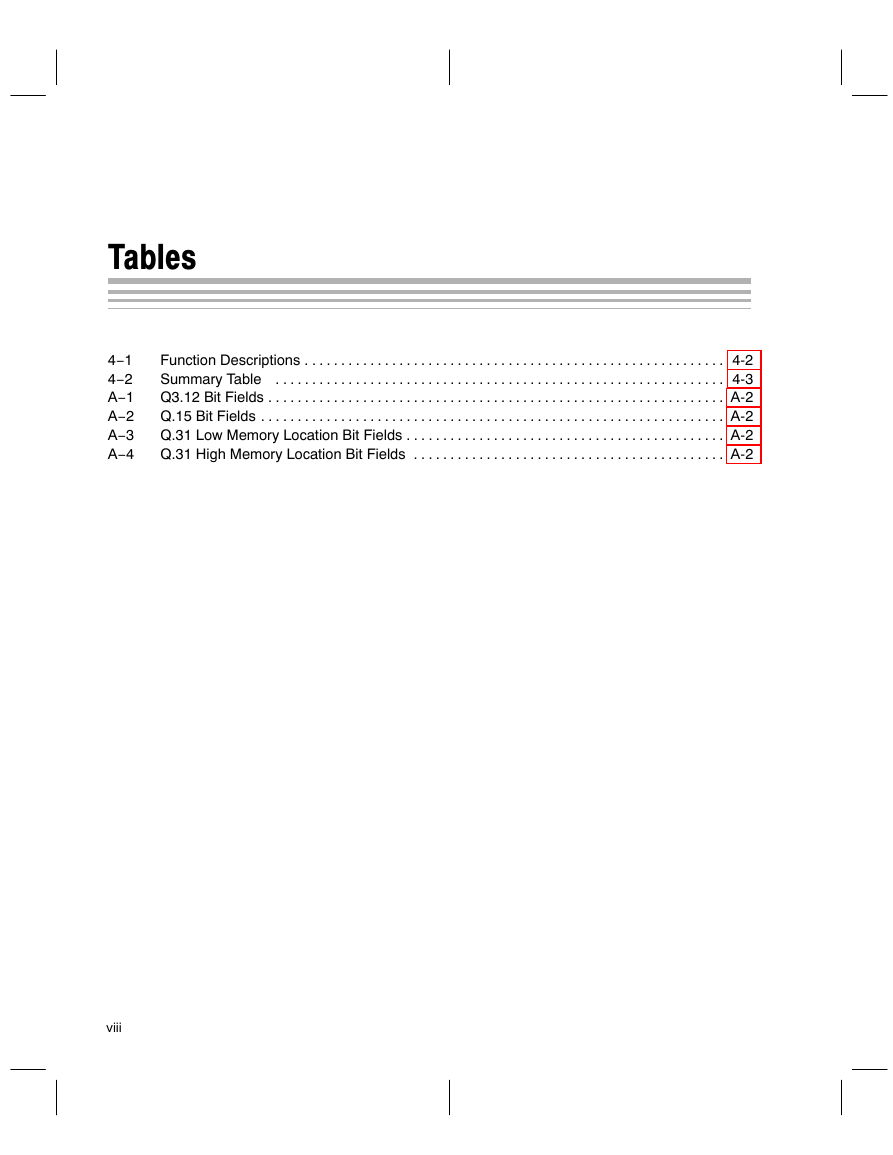








 2023年江西萍乡中考道德与法治真题及答案.doc
2023年江西萍乡中考道德与法治真题及答案.doc 2012年重庆南川中考生物真题及答案.doc
2012年重庆南川中考生物真题及答案.doc 2013年江西师范大学地理学综合及文艺理论基础考研真题.doc
2013年江西师范大学地理学综合及文艺理论基础考研真题.doc 2020年四川甘孜小升初语文真题及答案I卷.doc
2020年四川甘孜小升初语文真题及答案I卷.doc 2020年注册岩土工程师专业基础考试真题及答案.doc
2020年注册岩土工程师专业基础考试真题及答案.doc 2023-2024学年福建省厦门市九年级上学期数学月考试题及答案.doc
2023-2024学年福建省厦门市九年级上学期数学月考试题及答案.doc 2021-2022学年辽宁省沈阳市大东区九年级上学期语文期末试题及答案.doc
2021-2022学年辽宁省沈阳市大东区九年级上学期语文期末试题及答案.doc 2022-2023学年北京东城区初三第一学期物理期末试卷及答案.doc
2022-2023学年北京东城区初三第一学期物理期末试卷及答案.doc 2018上半年江西教师资格初中地理学科知识与教学能力真题及答案.doc
2018上半年江西教师资格初中地理学科知识与教学能力真题及答案.doc 2012年河北国家公务员申论考试真题及答案-省级.doc
2012年河北国家公务员申论考试真题及答案-省级.doc 2020-2021学年江苏省扬州市江都区邵樊片九年级上学期数学第一次质量检测试题及答案.doc
2020-2021学年江苏省扬州市江都区邵樊片九年级上学期数学第一次质量检测试题及答案.doc 2022下半年黑龙江教师资格证中学综合素质真题及答案.doc
2022下半年黑龙江教师资格证中学综合素质真题及答案.doc